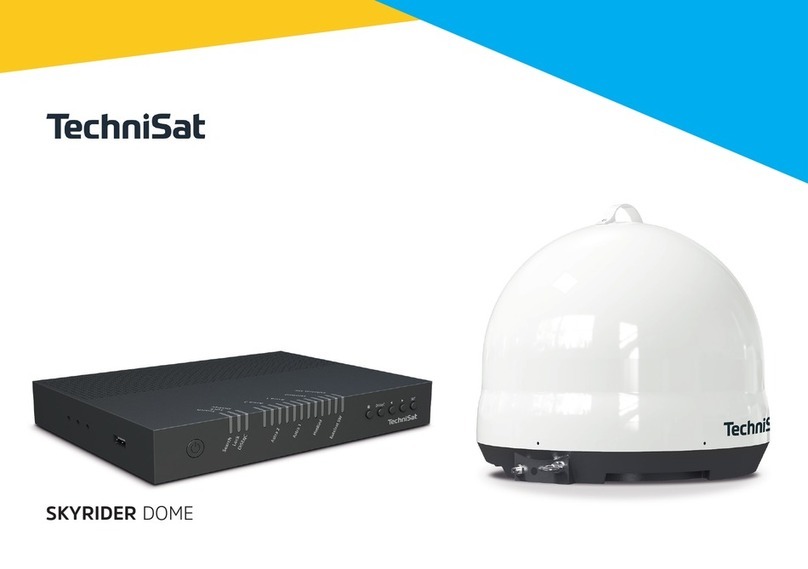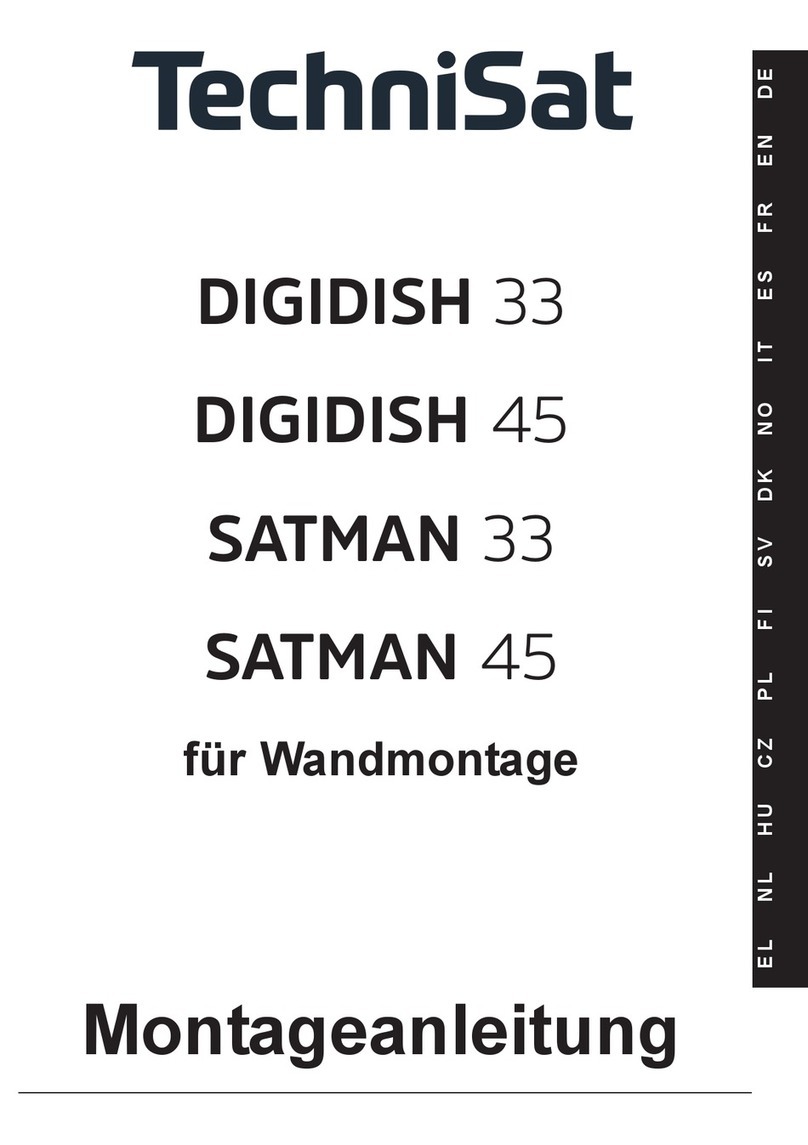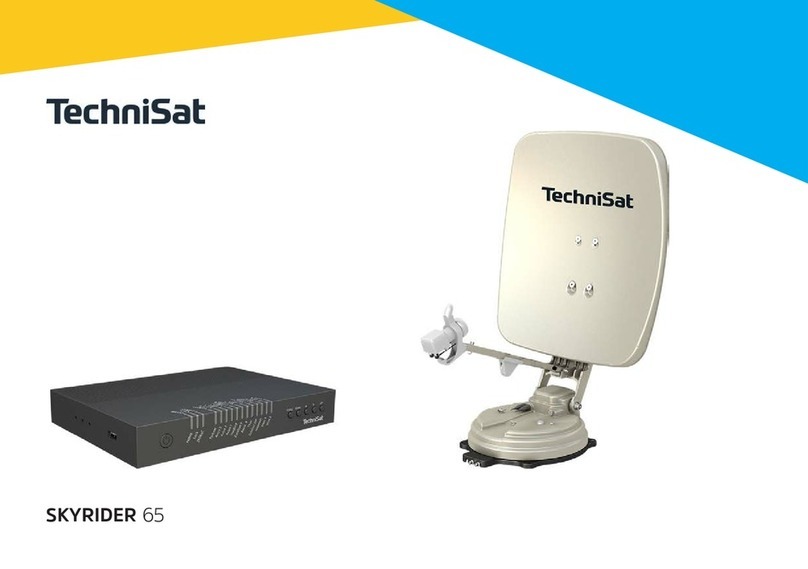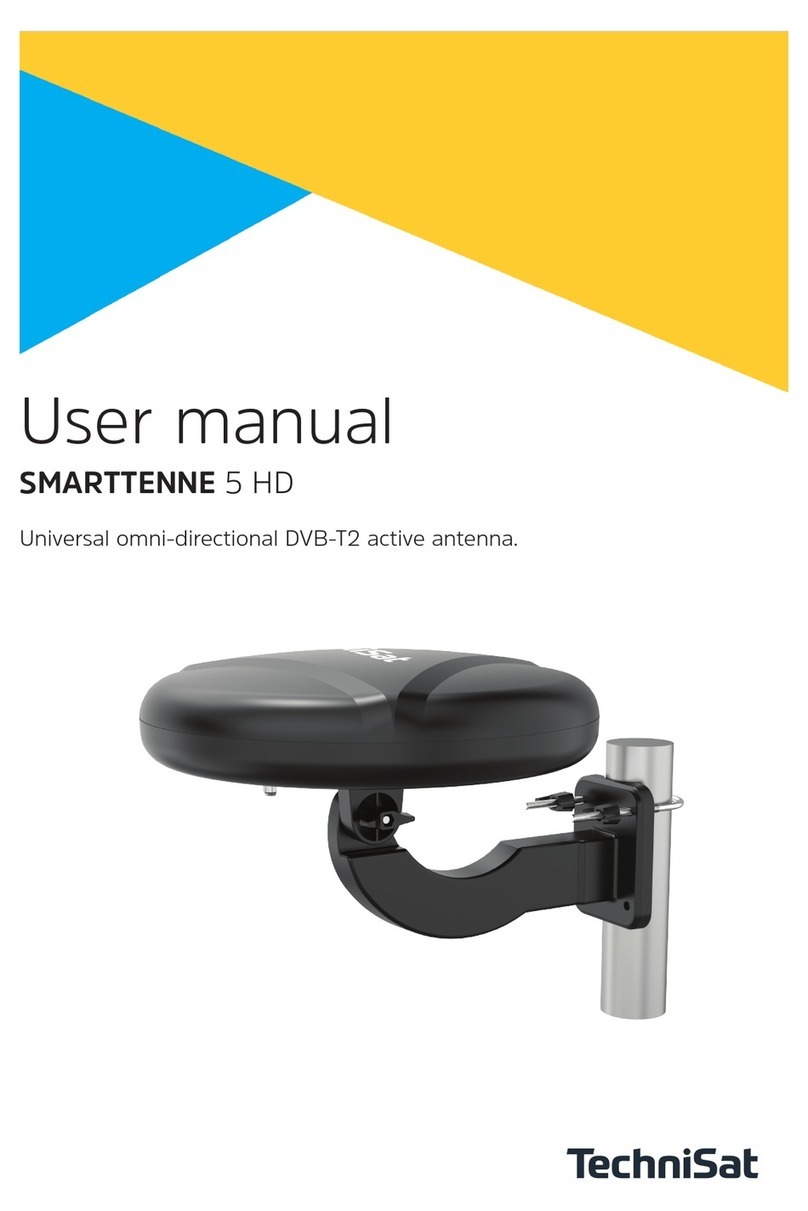4
Aachen 50 46 34 N 6 05 04 O 163.28 30.54
Augsburg 48 22 20 N 10 54 00 O 168.98 33.90
Berlin 52 31 20 N 13 17 51 O 172.60 29.81
Beucha 51 20 16 N 12 22 26 O 171.65 30.99
Bielefeld 52 01 21 N 8 31 59 O 166.58 29.67
Bonn 50 44 05 N 7 06 02 O 164.54 30.78
Braunschweig
52 16 09 N 10 31 16 O 169.10 29.69
Bremen 53 04 37 N 8 48 35 O 167.10 28.60
Chemnitz 50 50 10 N 12 55 20 O 171.95 31.48
Cottbus 51 45 33 N 14 20 07 O 173.84 30.61
Daun 50 11 45 N 6 50 10 O 164.09 31.29
Dippach 50 58 29 N 10 15 00 O 168.36 31.08
Dortmund 51 30 58 N 7 28 06 O 165.16 30.03
Dresden 51 03 15 N 13 44 20 O 173.02 31.32
Düsseldorf 51 13 32 N 6 46 59 O 164.25 30.21
Duisburg 51 26 17 N 6 45 43 O 164.26 29.98
Eisenach 50 58 33 N 10 19 15 O 168.65 31.03
Erfurt 50 58 38 N 11 01 30 O 169.54 31.12
Essen 51 27 25 N 7 00 38 O 164.58 30.01
Flensburg 54 47 05 N 9 26 12 O 168.13 26.89
Frankfurt/M 50 06 44 N 8 40 55 O 166.41 31.71
Frankfurt/O 52 20 40 N 14 33 22 O 174.17 29.99
Freiburg/Br. 47 59 48 N 7 51 11 O 164.90 33.79
Fürth 49 28 30 N 10 59 20 O 169.27 32.73
Gera 50 52 56 N 12 04 58 O 170.88 31.65
Görlitz 51 09 27 N 14 59 33 O 174.63 31.30
Göttingen 51 31 48 N 9 56 39 O 168.26 30.39
Greifswald 54 05 49 N 13 22 44 O 172.85 28.03
Halle/Saale 51 29 03 N 11 58 16 O 170.81 30.69
Hamburg 53 32 57 N 9 59 31 O 168.62 28.26
Hannover 52 22 15 N 9 44 25 O 168.14 29.48
Heidelberg 49 24 43 N 8 42 10 O 166.31 32.45
Heilbronn 49 08 34 N 9 13 12 O 166.92 32.82
Hildesheim 52 09 15 N 9 56 42 O 168.36 29.73
Kaiserslauten 49 26 40 N 7 46 20 O 165.12 32.25
Karlsruhe 49 00 20 N 8 24 20 O 165.84 32.83
Karlstadt 49 57 45 N 9 46 00 O 167.77 32.03
Kassel 51 19 06 N 9 30 08 O 167.67 30.56
Kempten/Allg. 47 43 30 N 10 19 10 O 168.92 27.46
Kiel 54 19 34 N 10 08 42 O 168.92 27.46
Koblenz 50 21 43 N 7 35 48 O 165.09 31.26
Köln 50 56 33 N 6 57 33 O 164.41 30.53
Krefeld 51 19 57 N 6 33 48 O 164.00 30.05
Landshut 48 32 30 N 12 09 30 O 170.66 33.88
Leipzig 51 20 16 N 12 22 26 O 171 31 30.89
Ludwigshafen 49 28 50 N 8 26 40 O 165.99 32.33
Lübeck 53 52 10 N 10 41 10 O 169.52 28.01
Lüneburg 53 14 57 N 10 24 50 O 169.10 28.63
Magdeburg 52 07 35 N 11 38 08 O 170.47 29.97
Mainz 49 59 48 N 8 16 10 O 165.87 31.76
Mannheim 49 29 02 N 8 27 46 O 166.01 32.33
München 48 08 20 N 11 34 30 O 169.83 34.24
Münster/Westf
51 57 56 N 7 37 25 O 165.44 29.58
Neubrandenbg
53 33 22 N 13 15 43 O 172.66 28.60
Neumünster 54 04 18 N 9 59 08 O 168.69 27.71
Nürnberg 49 27 10 N 11 04 40 O 169.38 32.76
Oberhausen 51 28 24 N 6 51 31 O 164.39 29.96
Oldenburg/Hol
54 17 30 N 10 53 10 O 169.82 27.58
Oldenburg/Old
53 08 21 N 8 13 03 O 166.38 28.45
Osnsabrück 52 16 44 N 8 02 44 O 166.02 29.32
Passau 48 34 30 N 13 28 10 O 172.40 33.98
Potsdam 52 23 52 N 13 03 46 O 172.29 29.82
Regensburg 40 01 10 N 12 06 00 O 170.65 33.35
Rostock 54 05 23 N 12 08 01 O 171.32 27.93
Saarbrücken 49 13 56 N 6 59 32 O 164.07 32.33
Salzgitter 52 02 56 N 10 22 26 O 168.88 29.90
Salzwedel 52 51 03 N 11 09 02 O 169.96 29.14
Schwerin 53 37 50 N 11 25 00 O 170.39 28.34
Solingen 51 10 23 N 7 05 08 O 164.61 30.32
Stendel 52 36 25 N 11 51 42 O 170.81 29.48
Stralsund 54 19 01 N 13 05 34 O 172.52 27.77
Stuttgart 48 46 39 N 9 10 44 O 166.80 33.20
Trier 49 45 26 N 6 38 38 O 163.75 31.71
Weimar 50 58 53 N 11 20 00 O 169.94 31.16
Wiedenbrück 51 50 15 N 8 18 50 O 166.27 29.83
Wiesbaden 50 03 25 N 8 14 45 O 165.85 31.69
Wilhelmshaven
53 31 08 N 8 07 20 O 166.33 28.03
Würzburg 49 47 50 N 9 56 00 O 167.96 32.24
Wuppertal 51 15 50 N 7 08 35 O 164.70 30.23
Zwickau 50 43 09 N 12 29 47 O 171.39 31.57
TABELLE 1 (für AZ/EL-Einstellung) TABLE 1 (for AZ/EL-Tuning) TABLEAU 1 (AZ/EL)
Ort Breitengrad Längengrad ASTRA 1A/1B
Grad.Min.Sek Grad.Min.Sek. 19°Ost
AZ EL
TOWN Latitude Longitude ASTRA 1A/1B
Deg.Min.Sec Deg.Min.Sec 19°east
AZ EL
Aberystwth 52 25 0 N 04 06 0 W 151.72 26.35
Birmingham 52 30 0 N 01 55 0 W 154.29 26.92
Bournemouth 50 43 0 N 01 33 0 W 153.77 28.65
Brighton 50 50 0 N 00 09 0 W 155.89 29.04
Cambridge 52 13 0 N 00 08 0 W 156.63 27.75
Cardiff 51 28 0 N 03 11 0 W 152.48 27.53
Canterbury 51 17 0 N 01 05 0 W 157.51 28.93
Coventry 52 25 0 N 01 31 0 W 154.74 27.11
Croydon 51 18 0 N 00 05 0 W 156.11 28.60
Dover 51 07 0 N 01 19 0 W 157.74 29.15
Exeter 50 43 0 N 03 31 0 W 151.84 28.14
Gloucester 51 52 0 N 02 15 0 W 153.73 27.43
Guildford 51 14 0 N 00 34 0 W 155.51 28.53
Great Yarmouth
52 40 0 N 01 45 0 W 158.68 27.71
Greenwich 51 29 0 N 00 00 0 W 156.26 28.44
Hastings 50 51 0 N 00 36 0 W 156.80 29.23
Horsham 51 04 0 N 00 20 0 W 155.74 28.76
Ipswich 52 04 0 N 01 09 0 W 157.80 28.16
Kingston Upon Hull
53 43 0 N 00 25 0 W 156.48 26.13
Leeds 53 48 0 N 01 34 0 W 155.08 25.75
Leicester 52 39 0 N 01 09 0 W 155.24 26.98
London 51 30 0 N 00 05 0 W 156.17 28.40
Liverpool 53 25 0 N 03 05 0 W 153.21 25.70
Manchester 53 30 0 N 02 15 0 W 154.20 25.86
Middlesbrough 54 35 0 N 01 14 0 W 155.68 25.08
Northampton 52 14 0 N 00 54 0 W 155.41 27.46
Norwich 52 38 0 N 01 17 0 W 158.12 27.63
Nottingham 52 58 0 N 01 10 0 W 155.31 26.67
Oxford 51 45 0 N 01 15 0 W 154.85 27.83
Peterborough 52 35 0 N 00 15 0 W 156.28 27.29
Plymouth 50 23 0 N 04 10 0 W 150.96 28.24
Portsmouth 50 48 0 N 01 05 0 W 154.76 28.81
Salisbury 51 04 0 N 01 48 0 W 153.99 28.34
Sheffield 53 23 0 N 01 28 0 W 153.08 26.18
Southampton 50 54 0 N 01 23 0 W 154.43 28.62
Stoke on Trent 53 01 0 N 02 11 0 W 154.13 26.34
Stratford u. Avon
52 12 0 N 01 41 0 W 154.48 27.27
Swansea 51 38 0 N 03 57 0 W 151.64 27.13
Swindon 51 34 0 N 01 47 0 W 154.16 27.86
Winchester 51 04 0 N 01 19 0 W 154.56 28.48
Wolverhampton 52 36 0 N 02 08 0 W 154.07 26.76
Worcester 52 12 0 N 02 12 0 W 153.87 27.12
Workington 34 39 0 N 03 34 0 W 143.85 43.10
TOWN Latitude Longitude ASTRA 1A/1B
Deg.Min.Sec Deg.Min.Sec 19°Est
AZ EL
Amiens 49 54 0 N 2 18 0 E 158.56 30,62
Ajaccio 41 55 0 N 8 44 0 E 164.80 40.47
Angoulème 45 39 0 N 0 09 0 E 154.45 34.24
Angers 47 28 0 N 0 33 0 O 154.24 32.22
Bastia 42 42 0 N 9 27 0 E 166.04 39.78
Besançon 47 15 0 N 6 02 0 E 162.56 34.23
Biaritz 43 29 0 N 1 34 0 O 151.37 35.74
Bordeaux 44 50 0 N 0 34 0 O 153.22 34.79
Bourges 47 05 0 N 2 24 0 E 157.82 33.49
Brest 48 24 0 N 4 29 0 O 149.82 29.99
Brive La Grde 45 10 0 N 1 32 0 E 156.04 35.16
Caen 49 11 0 N 0 22 0 O 155.06 30.59
Cannes 43 33 0 N 7 01 0 E 162.85 38.34
Carcassonne 43 13 0 N 2 21 0 E 156.38 37.38
Chateauroux 46 49 0 N 1 42 0 E 156.84 33.56
Cherbourg 49 39 0 N 1 39 0 O 153.66 29.75
Clermont-Fd 45 47 0 N 3 05 0 E 158.27 35.00
Colmar 48 05 0 N 7 22 0 E 164.51 33.64
Dijon 47 19 0 N 5 01 0 E 161.26 33.93
Grenoble 45 10 0 N 5 43 0 E 161.56 36.33
Lille 50 38 0 N 3 04 0 E 159.71 30.07
Limoges 45 50 0 N 1 16 0 E 155.94 34.41
Lorient 47 45 0 N 3 22 0 O 150.90 31.00
La Rochelle 46 10 0 N 1 10 0 O 152.99 33.29
Lyon 45 45 0 N 4 51 0 E 160.58 35.51
Le Mans 48 00 0 N 0 12 0 E 155.36 31.93
Marseille 43 18 0 N 5 24 0 E 160.54 38.20
Metz 49 08 0 N 6 10 0 E 163.21 32.30
Montluçon 46 21 0 N 2 36 0 E 157.87 34.29
Montpellier 43 36 0 N 3 53 0 E 158.58 37.46
Mulhouse 47 45 0 N 7 20 0 E 164.39 33.98
Nancy 48 41 0 N 6 12 0 E 163.14 32.78
Nantes 47 13 0 N 1 33 0 O 152.91 32.14
Nice 43 42 0 N 7 15 0 E 163.21 38.24
Niort 46 19 0 N 0 27 0 O 153.94 33.38
Orléans 47 55 0 N 1 54 0 E 157.46 32.51
Paris 48 52 0 N 2 20 0 E 158.30 31.67
Pau 43 18 0 N 0 22 0 O 152.83 36.37
Périgeux 45 11 0 N 0 43 0 E 155.00 34.88
Poitiers 46 35 0 N 0 20 0 E 155.03 33.37
Reims 49 15 0 N 4 02 0 E 160.54 31.71
Rennes 48 05 0 N 1 41 0 O 153.07 31.25
Rodez 44 21 0 N 2 35 0 E 157.12 36.31
Rouen 49 26 0 N 1 05 0 E 156.92 30.76
Saint-Louis 47 35 0 N 7 34 0 E 164.65 34.21
Strasbourg 48 35 0 N 7 45 0 E 165.12 33.19
Toulon 43 07 0 N 5 56 0 E 161.21 38.53
Toulouse 43 36 0 N 1 26 0 E 155.31 36.70
Tours 47 23 0 N 0 41 0 E 155.75 32.69
Versailles 48 48 0 N 0 08 0 E 158.03 31.68






























